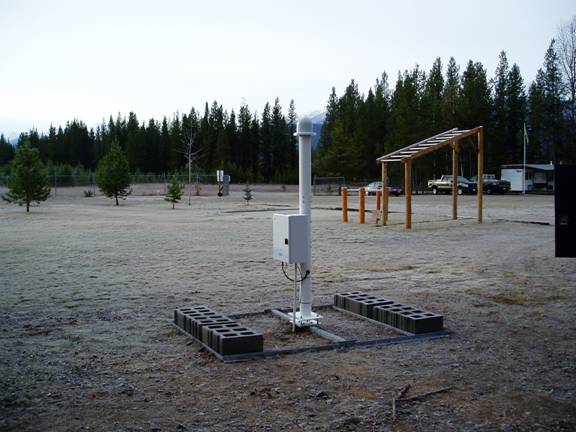WINNIPEG — A thunderstorm rolled into Winnipeg Wednesday night, lighting up the city skyline for hours.

Around 9:30 p.m. the summer storm came into the city from the northwest. If you were outside, you may have noticed the sky was lighting up without the sound of thunder accompanying it.
“We call this heat lightning,” Natalie Hasell from Environment Canada said. “It’s close enough where you can see it, but too far to hear it.”
Hasell said when the storm first rolled into the Stonewall, Man., area, people in Winnipeg were able to see it because the lightning was high in the clouds and the sky was clear. But it was too far to hear anything.
RELATED: Timelapse video and pictures capture lightning show in Winnipeg
There was also a combination of lightning in the sky, Hasell said. There was cloud-to-ground and cloud-to-cloud lightning (also known as sheet lightning).
Both types of lightning create large sounds. However, if you are more than 20 kilometres away from the storm, you will only hear a distant rumble or won’t hear any sound at all, Hasell said.
Around 10:30 p.m. a storm swept over Winnipeg and that’s when the thunder was heard across the city. Hasell said this wasn’t the same storm that was in the Stonewall area, but came from the same system.
How is lightning tracked?
Environment Canada tracks areas across the country that have or are about to get struck by lightning. The Canadian Lightning Danger Map shows areas at the greatest risk of being struck within the next 10 minutes.
“We have an entire network across the country and all in Manitoba that we are able to track,” Hasell said.
There are 80 lightning sensors across Canada and the system detects cloud-to-ground lightning strikes and a a small number of cloud-to-cloud lightning.

The sensors then pick up on electromagnetic pulses the lightning produces, Hasell said.
The electromagnetic pulse information from each sensor is sent to the network control centre in Tucson, Arizona, according to Environment Canada. The lightning location information is then transmitted to Environment Canada.
How to stay safe during a thunderstorm
Hasell said if you can hear thunder and see lightning, you are within striking distance. Lightning can travel horizontal for many kilometres and then strike the ground.
“Even as a storm moves and starts dissipating, lightning can still strike near you,” she said. “Most injuries happen this way because people believe they are safe.”
“Just because the core of the storm is not over you, does not mean you can’t get struck by lightning.”
If you’re outside during a storm, Hasell said you should take cover in a building with plumbing and wiring, or an all-metal vehicle. But you should take cover for at least 30 minutes following the last rumble.





Comments